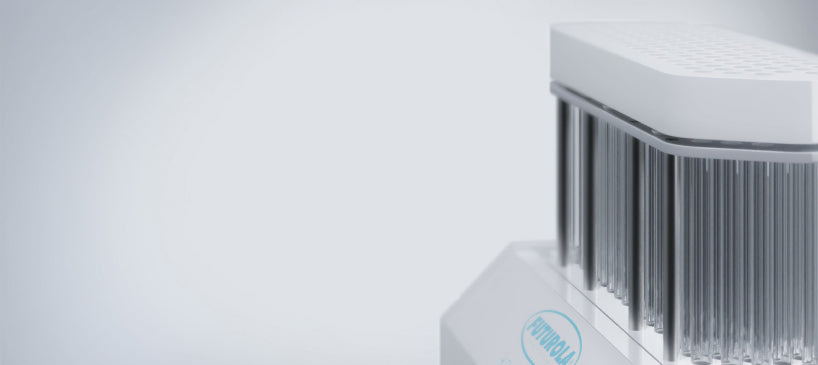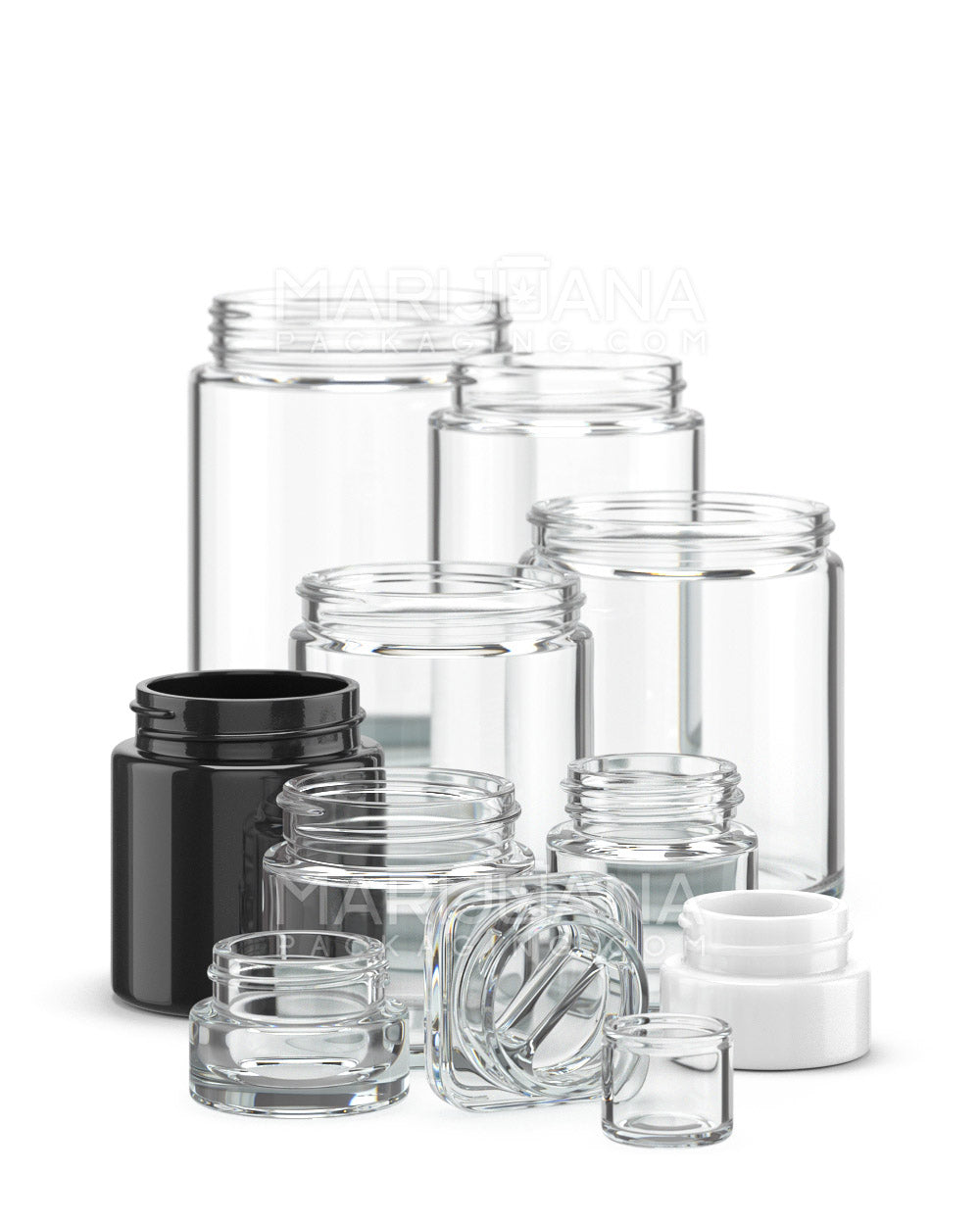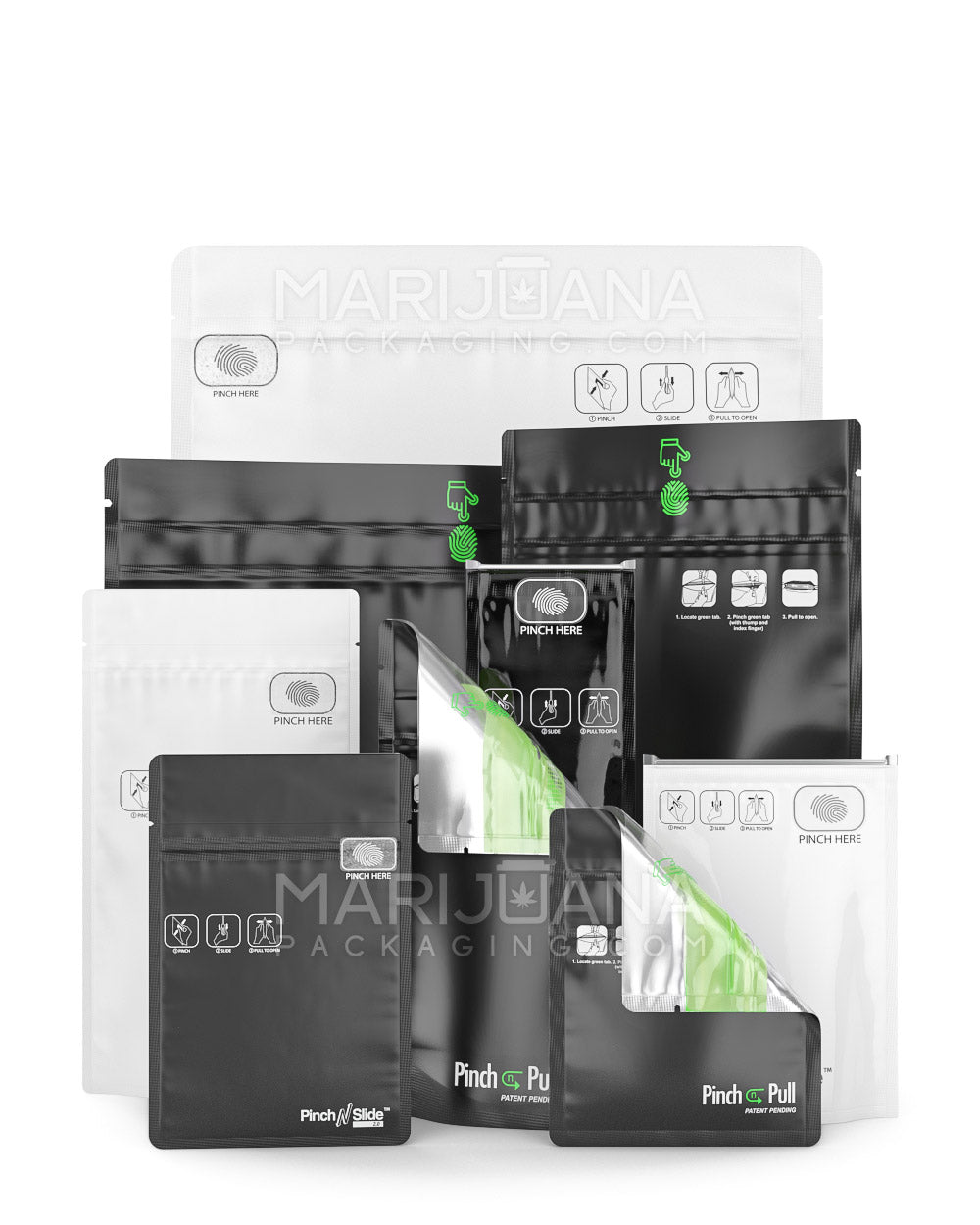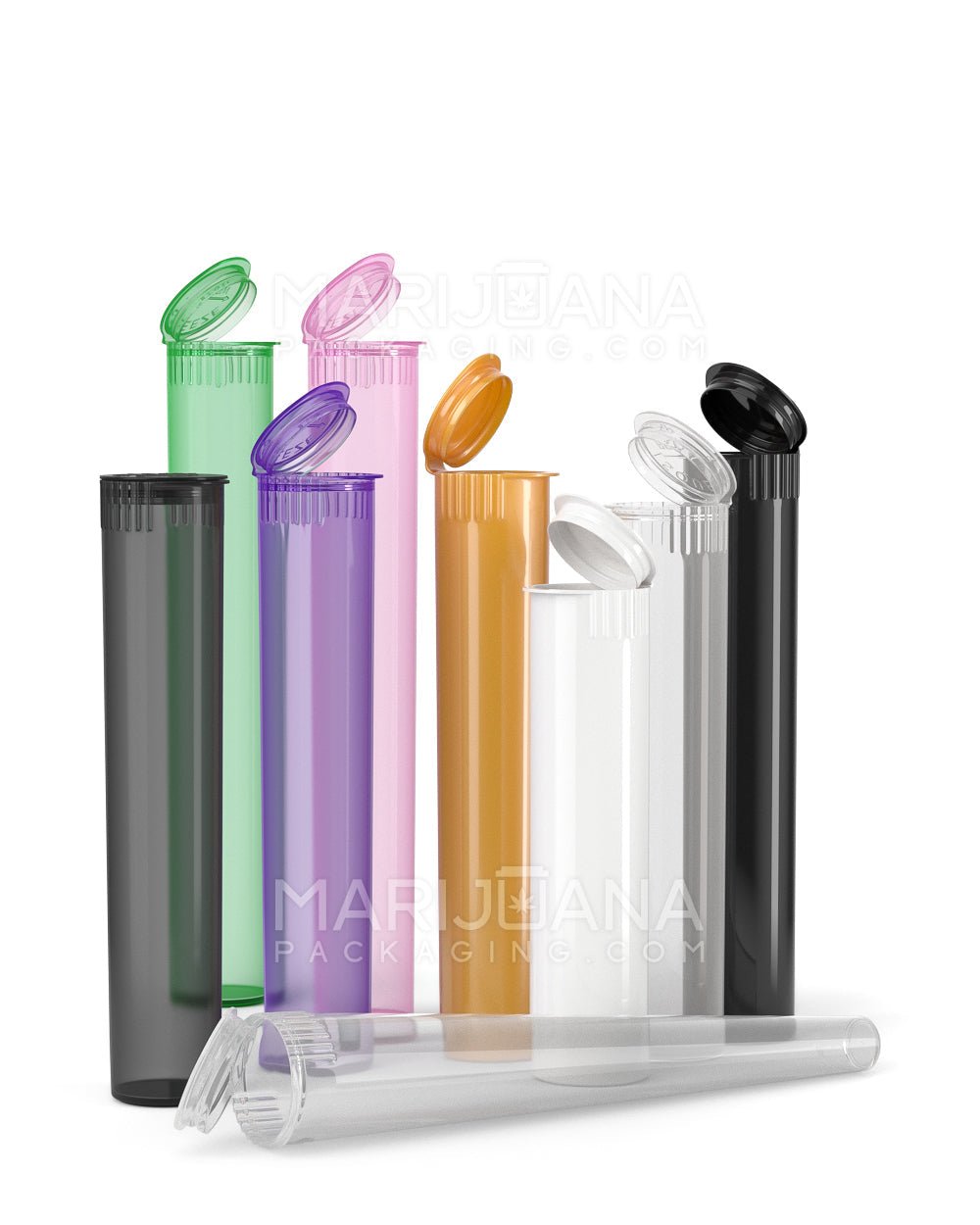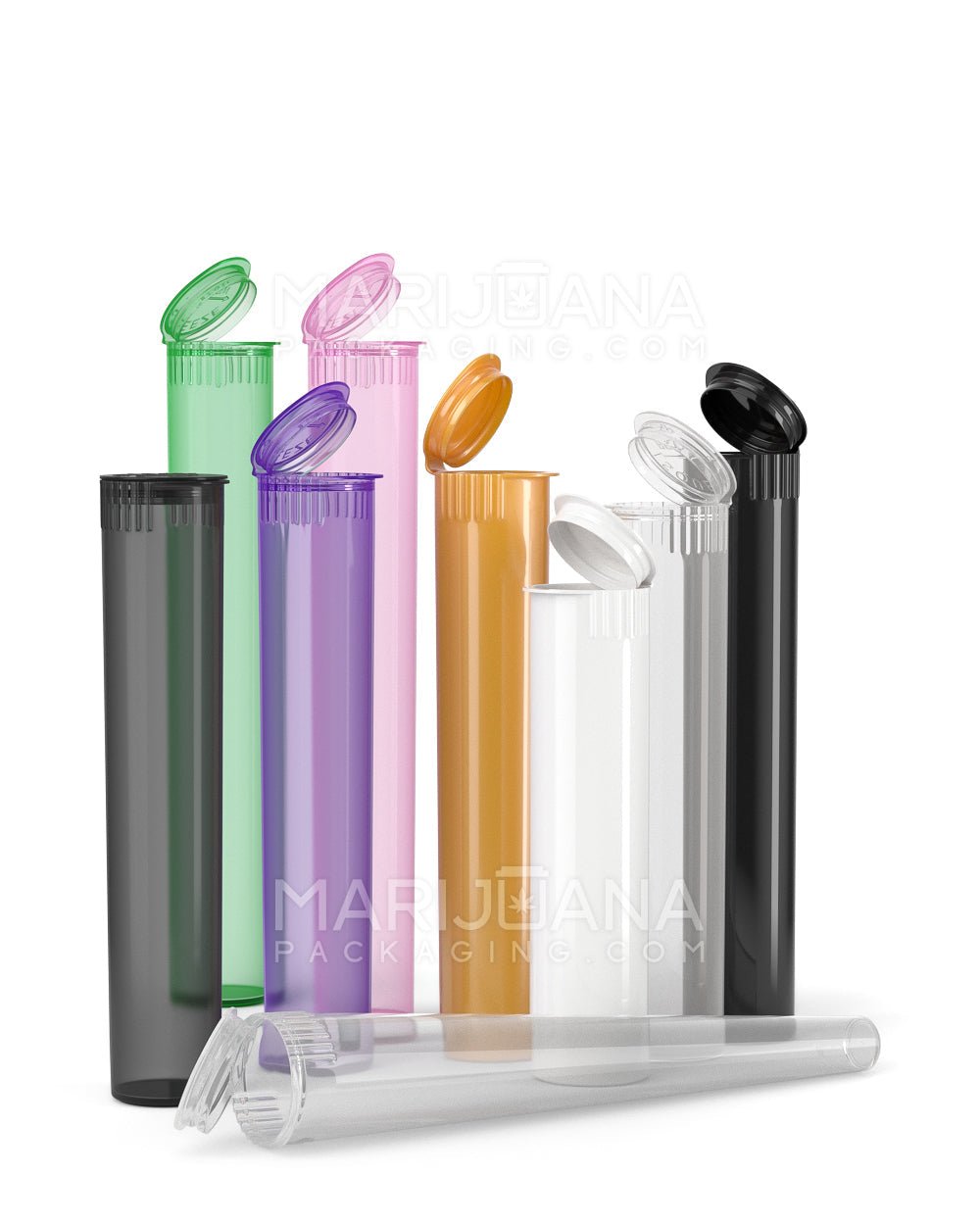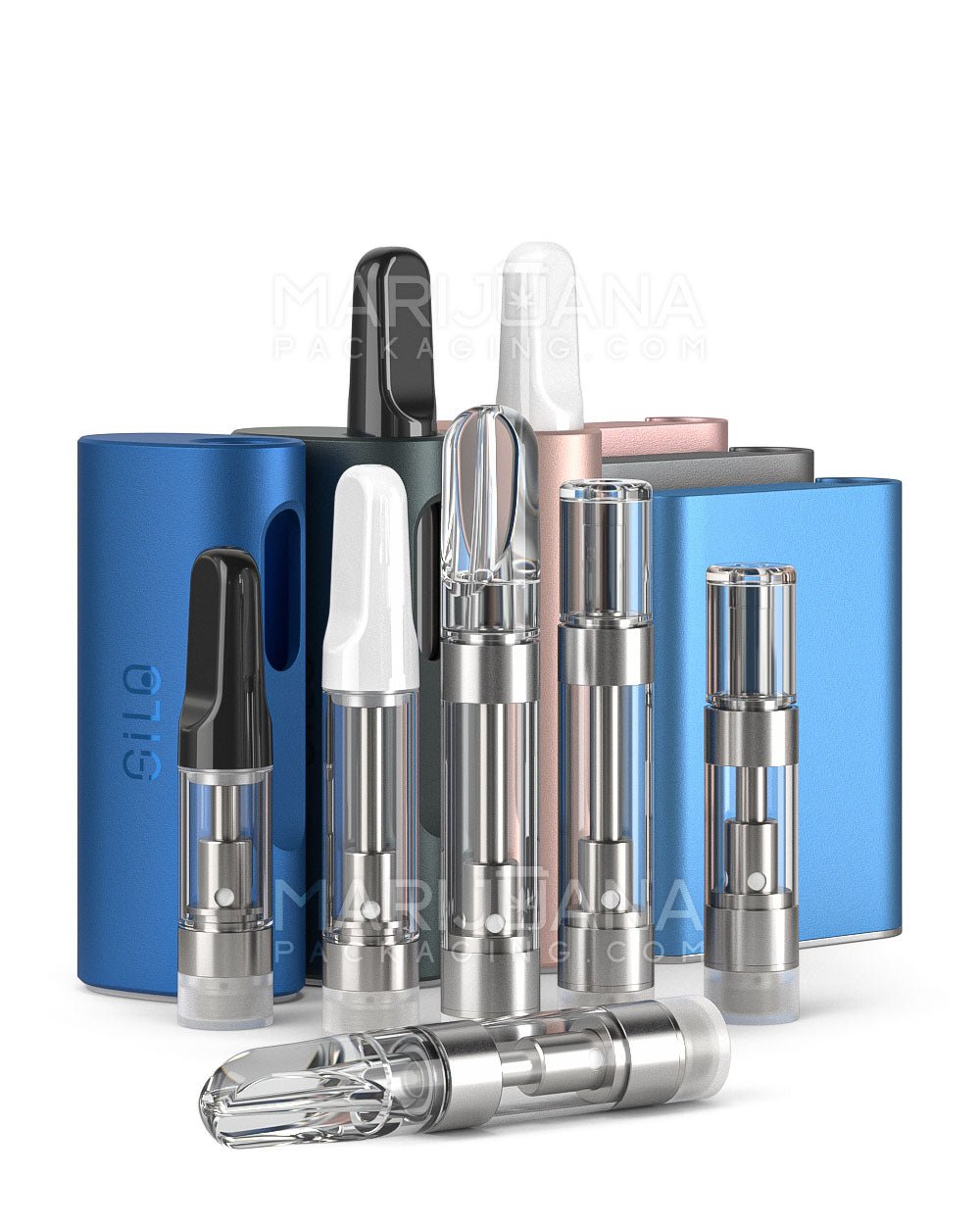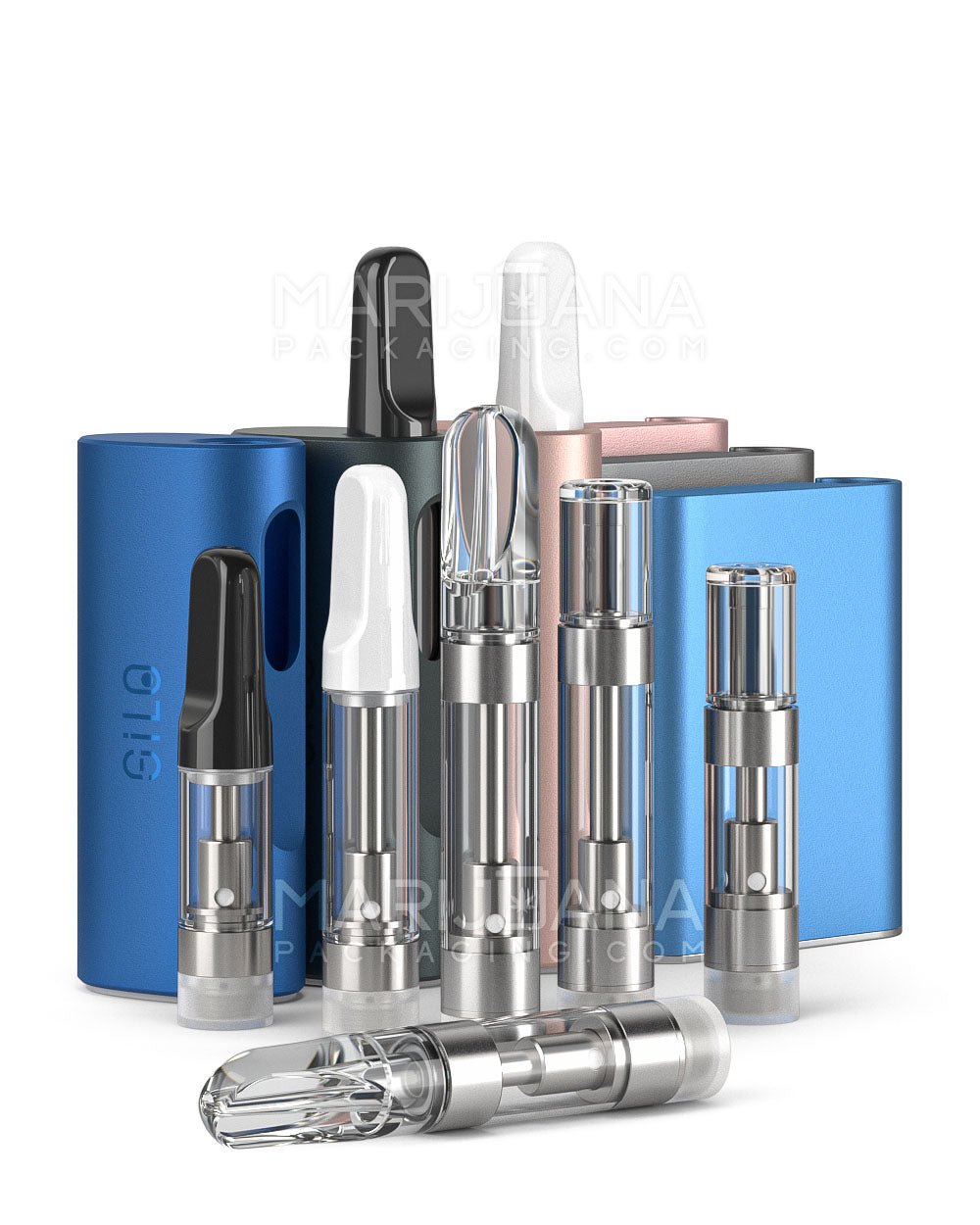Have you ever wondered if being around someone smoking marijuana could lead to a positive drug test for you? It's a question that pops up often, whether out of curiosity or concern. With the increasing social acceptance and legalization of marijuana in many states, understanding the implications of secondhand smoke is more relevant than ever.
This blog post will take you through the science behind secondhand marijuana smoke and its potential impact on drug testing. We'll look at the factors that influence whether secondhand exposure could show up in a test, and provide some practical insights along the way.
What Is Secondhand Marijuana Smoke?
Secondhand smoke from marijuana, much like its tobacco counterpart, is the smoke that a non-smoker inhales when nearby someone smoking marijuana. This smoke contains many of the same chemicals found in the smoke inhaled by the person actually smoking. Now, if you're picturing a cloud of smoke engulfing the room, you're partially right. Let's break it down a bit more.
When marijuana is combusted, it releases cannabinoids, the most famous of which is THC (tetrahydrocannabinol) — the compound that gets you "high." These cannabinoids can linger in the air, particularly in enclosed spaces, leading to potential inhalation by those nearby. It’s not just the THC, though. There are also other compounds, like CBD (cannabidiol), and various terpenes that contribute to the overall smoke experience.
Interestingly, the potency of the secondhand smoke can vary based on several factors. The amount of marijuana smoked, the ventilation of the area, and even the type of marijuana product can all play roles in the concentration of smoke in the air. So, if you're in a small, poorly ventilated room with someone enjoying a joint, there's a higher chance of inhaling more of that secondhand smoke compared to being outside in the open air.
How Drug Tests Detect Marijuana
To understand whether secondhand smoke can cause a positive drug test, it's important to know how these tests work. Most drug tests look for THC, the psychoactive component of marijuana, or its metabolites, which are substances formed when the body processes THC.
Urine tests are the most common type of drug test for marijuana. They detect the presence of THC-COOH, a non-active metabolite of THC. These tests have a threshold concentration, usually around 50 nanograms per milliliter, for a test to be considered positive. This threshold is set to avoid false positives due to passive exposure or minimal consumption.
Other types of tests include blood, saliva, and hair tests. Blood tests measure the actual THC levels in the bloodstream, which can indicate more recent use. Saliva tests can detect THC that may have been ingested orally or smoked. Hair tests, on the other hand, can show drug use over a longer period, but they are less common due to their complexity and higher cost.
Each test type has its sensitivity and detection window. For instance, THC can be detected in urine for a few days to weeks depending on usage frequency, while it might only be detectable in blood for a few hours to a couple of days. This variability means that different tests could yield different results depending on the timing and type of exposure.
Factors Affecting Secondhand Smoke Detection
Now that we know how drug tests work, let's discuss the factors that might affect whether secondhand smoke can lead to a positive drug test. It's not as straightforward as one might think, and several variables come into play.
Concentration of Smoke: The amount of THC present in the air is crucial. If you're in a room filled with thick smoke, there's a higher chance of inhaling enough THC to appear on a drug test. However, being in a well-ventilated area or outdoors reduces this risk significantly.
Duration of Exposure: The longer you're exposed to secondhand smoke, the higher the likelihood of absorbing THC. A quick encounter is less likely to result in a positive test compared to spending hours in a smoke-filled environment.
Personal Metabolism: Just like with direct consumption, individual differences in metabolism affect how THC is processed. Some people might metabolize THC faster, reducing the chances of it showing up on a test. Others, especially those with slower metabolisms, might retain THC metabolites longer.
Frequency of Exposure: Occasional exposure is less likely to result in a positive test compared to regular and repeated exposure. If you're constantly around marijuana smoke, the cumulative effect could lead to detectable levels of THC in your system.
The Science Behind Secondhand Exposure
So, how much THC do you actually inhale from secondhand smoke? Studies have shown that passive exposure to marijuana smoke can result in THC absorption, but the levels are typically much lower than those from direct consumption. However, in extreme cases, such as being in a small, enclosed space with heavy smokers, it is theoretically possible to inhale enough THC to result in a positive test.
Research has demonstrated that under these intense exposure conditions, non-smokers can absorb THC and it may be detectable in their system. Yet, it’s essential to highlight that these are not everyday situations. In most real-world scenarios, the THC levels absorbed from secondhand smoke are negligible, often falling below the threshold required for a positive drug test.
Moreover, modern drug tests are designed with these scenarios in mind. The threshold levels are set to minimize the chances of a false positive due to passive exposure. Nevertheless, for those who are particularly concerned — say, athletes or professionals in strict drug-free environments — understanding the science can be reassuring.
Legal Implications of Secondhand Smoke
As marijuana becomes legalized in more areas, the legal implications of secondhand smoke are worth considering. While the act of smoking marijuana may be legal, the impact of secondhand exposure on non-users, especially in public or shared spaces, can lead to conflicts and legal questions.
In states where marijuana is legal, there are often regulations regarding where it can be smoked. Public smoking might be restricted, much like tobacco, to prevent non-consenting exposure to secondhand smoke. This is particularly relevant in places like apartment buildings or shared housing, where smoke can easily drift between units.
If you're in a situation where secondhand exposure is a concern, knowing the local laws and your rights is vital. Employers may have different policies regarding marijuana use and drug testing, even in states where marijuana is legal. Understanding these policies can help you navigate potential issues if you ever face a drug test.
Moreover, parents or caregivers should be mindful of secondhand smoke exposure around children, both for health reasons and potential legal concerns. While it's improbable that secondhand smoke would cause a child to test positive, the health impacts of any smoke exposure are important to consider.
Minimizing Risks of Secondhand Exposure
For those worried about secondhand marijuana smoke, there are practical steps to minimize exposure and its potential consequences. These tips can help reduce the amount of THC you might inadvertently inhale.
- Choose the Right Environment: If you're around marijuana smoke, being in a well-ventilated area or outdoors can significantly reduce your exposure. Avoiding small, enclosed spaces is key.
- Limit Time Spent in Smoky Areas: Reducing the time you spend in a smoke-filled environment will decrease the amount of THC you might inhale.
- Communicate with Smokers: If you're comfortable, talk to those smoking around you. They might be willing to take their session outside or to another room to help reduce your exposure.
- Use Air Purifiers: In shared living spaces, using air purifiers can help clear the air of smoke particles and reduce THC levels in the environment.
By taking these steps, you can enjoy your time with friends or at social gatherings without worrying too much about the impact of secondhand marijuana smoke on potential drug tests.
What If You Need to Take a Drug Test?
If you find yourself in a situation where you need to take a drug test after being exposed to secondhand marijuana smoke, it’s natural to feel some concern. However, knowing what to expect can help ease some of that anxiety.
First, consider the factors we discussed earlier, such as the concentration of smoke, duration of exposure, and your own metabolism. If your exposure was minimal and infrequent, the chances of testing positive are low.
Next, if possible, speak with the testing facility or the entity requiring the test. Explain your situation and ask about the sensitivity of the test being used. Some tests are more sensitive than others, and knowing this information can help you understand the likelihood of a positive result.
Finally, if you're genuinely concerned about the test results, you might consider a home test beforehand. These are available at most pharmacies and can give you a preliminary indication of whether THC is present in your system.
Balancing Social and Personal Choices
In the end, balancing social situations where marijuana is present with personal concerns about drug testing is a common challenge. The social landscape is changing, and with it, the way we interact with marijuana.
For those who choose not to partake, finding a balance between social enjoyment and personal health or legal concerns is key. Open communication with friends and family can often provide solutions that respect everyone's choices and comfort levels.
Remember, while marijuana may be legal in many states, personal choices about use and exposure should align with your values and any professional obligations. Navigating this landscape requires a bit of awareness and sometimes, a good sense of humor.
Final Thoughts
In summary, while it's feasible for secondhand marijuana smoke to contribute to THC presence in the body, the likelihood of it leading to a positive drug test is generally quite low under typical circumstances. Most modern drug tests account for passive exposure, and the levels of THC from secondhand smoke rarely meet the threshold for a positive result.
When it comes to packaging needs, whether you're involved in the marijuana industry or any other sector, Gamut covers all your packaging solutions. From design to delivery, Gamut offers a full range of services to make your products stand out. Whether you need stock options, custom designs, or specific solutions for your industry, Gamut has the expertise to meet your needs and help your brand make a lasting impression.







